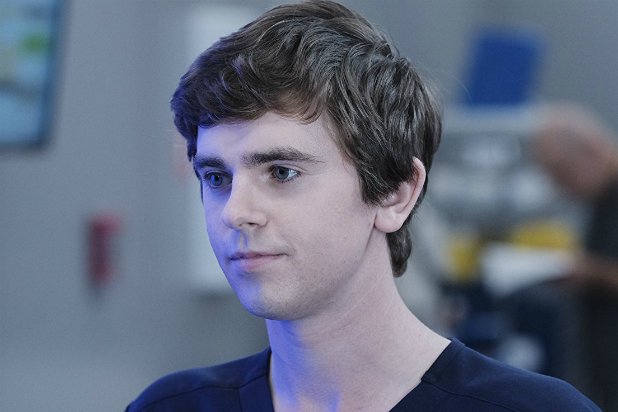Since the rise of streaming media, made popular by online platforms such as that of Hulu and Netflix, the quality of television seems to have climbed dramatically. Both in their artistic measurement and in the presentation of common social issues(1), the small screen has become a melting pot of rich and diverse characters working through dialogue that is close to home, nothing proving remote in its reach.
With the rise of the medium climbing ever higher, we have seen many advancements in the narrative of people on the Autistic spectrum be told and heard by millions. But is this necessarily a good thing? Are these shows representing those with ASD respectfully and responsibly, and is this exposure causing people to become more socially aware of ASD?
It has been a little over a year now since Sesame Street introduced Julia to their colourful cast of puppets. Julia is a small, red-haired, four year old who loves to play, paint, and have fun with the rest of the gang. She dislikes loud noises, sometimes needs things repeated to her so that she fully understands everything she is being asked, and she works at a different pace to others. Julia is a child on the autism spectrum (2).
Many parents of children with ASD are well aware of this fact, having Julia on one of America’s leading child education shows is a fantastic advancement in autism awareness. It took three years of consultation and development to make sure that Julia, and Stacey Gordon her puppeteer, was the best representation of someone on the spectrum (3). The character has since helped raise awareness for children living on the spectrum and their families with an appearance in front of Congress (3).
Many other television shows have taken to powerful representation of characters living with ASD in the form of the highly intuitive surgical lead of ABC’s new hit series, The Good Doctor, Dr. Shawn Murphy (4). The show centers around a young surgeon with savant syndrome who has been hired into one of the most prestigious hospitals in his field, at San Jose’s St. Bonaventure Hospital, learning to acclimatize with his new life and those around him. The Good Doctor is the highest viewed show at ABC this year (5), and continues to grow its following with the announcement of a second season.
These are but two examples of characters living with ASD on screen, while there are many more to spool through. Having well researched, positive role models on television will always help focus the dialogue of awareness to large audiences. Let’s just hope that writers continue in this vein and continue delivering social awareness to millions.
- A Medium With a Message: Inside TV’s Long History of Tackling Social Issues. Published March 14th 2017 on Variety. http://variety.com/2017/tv/features/tv-social-issues-history-the-defenders-east-side-west-side-1202007945/
- Sesame Workshop Expands Commitment to Autistic Children & Their Families. Published on the Sesame Workshop. http://www.sesameworkshop.org/press-releases/sesame-workshop-expands-commitment-to-autistic-children-their-families-with-new-muppet-a-special-episode-additional-content-and-educational-resources/
- The Quiet Strength of Julia, the First Muppet with Autism. Published on April 7th 2017, by Mental_Floss http://mentalfloss.com/article/94125/quiet-strength-julia-first-muppet-autism
- How ABC Found a Surprise Hit in ‘The Good Doctor’. Published on November 19th 2017, by the New York Times https://www.nytimes.com/2017/11/19/business/media/the-good-doctor-abc.html?_r=0
- ‘Young Sheldon’ & ‘Good Doctor’ Debut To Strong Ratings As New TV Season Starts. Published on September 26th 2017, by Deadline http://deadline.com/2017/09/young-sheldon-the-good-doctor-premiere-ratings-big-bang-theory-the-brave-the-voice-me-myself-i-1202177081/


